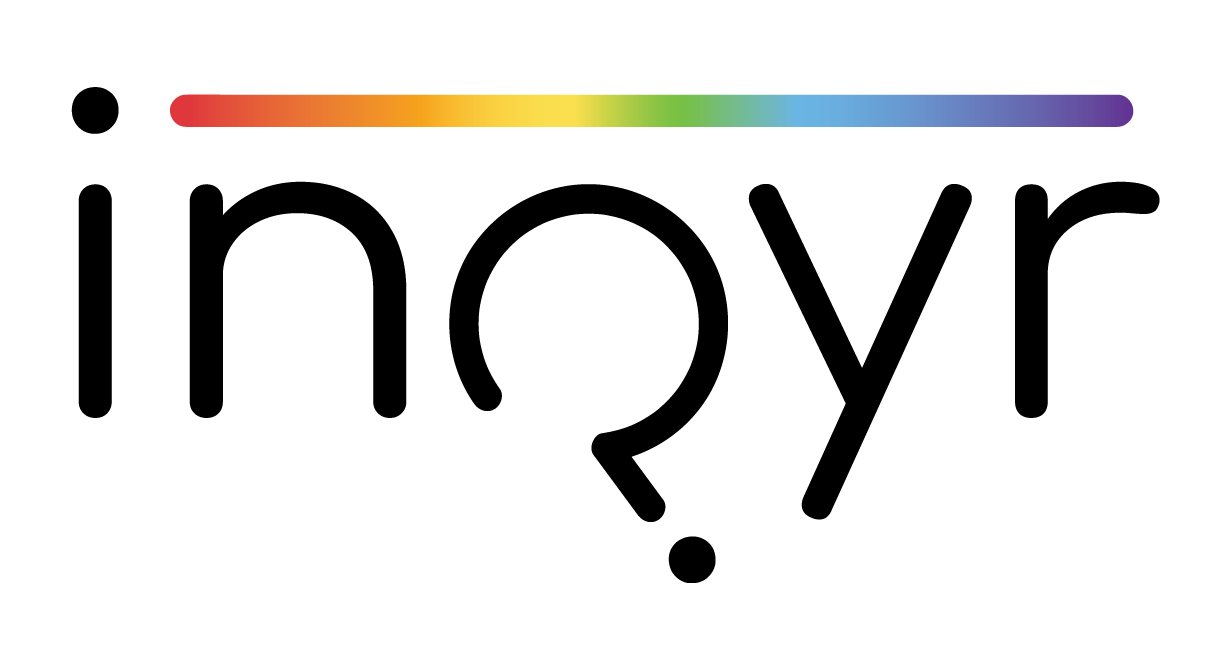Towards an integrative self: a digital photo elicitation study of resilience among key marginalized populations of sexual and gender minority youth
Craig, S. L., Eaton, A. D., Kirkland, A., Egag, E., Pascoe, R., King, K., & Krishnan, S. (2021). Towards an integrative self: A digital photo elicitation study of resilience among key marginalized populations of sexual and gender minority youth. Journal of Qualitative Studies on Health and Well-Being, 16(1). https://doi.org/10.1080/17482631.2021.1961572
Highlights
Background
Qualitative research has not comprehensively explored the risk, resilience, and identity intersections that impact vulnerable sexual and gender minority youth (SGMY) wellbeing
Digital technologies provide a space for SGMY to engage with others, develop their identity, and build resilience
Study Description
This digital photo-elicitation study (QueerView) recruited SGMY from priority populations (n = 30, aged 14-29) in Ontario, Canada that had one or more of the following experiences: trans and gender diverse, homelessness, child welfare, and immigration
Participants were instructed to take, select, and submit between 10 and 15 photos that represented
a) who participants saw themselves as in their online and offline lives;
b) how others may perceive participants both online and offline;
c) barriers and challenges to self-expression; and
d) what helps participants express themselves and gives them strength despite barriers and challenges.
From submission of fifteen photos representing resilience and a semi-structured interview via web conferencing, constructivist grounded theory was utilized for multimodal analysis of photos, interview video, and interview transcript
Key Findings
A model emerged of how participants were working “towards an integrative self” online and offline (see Figure 1), with themes of reflecting & knowing, discrimination & intersectional challenges, connecting, performing, curating, coping, (re)defining & (re)creating, and growing & being
Sub-themes of the impact of family dynamic and values, mental health and trauma, and the cathartic benefit from advocacy and leadership offered insight
While these themes capture the intersection of the past, present, and future and online and offline experiences, the model represents a non-linear process where participants may be experiencing multiple themes simultaneously
Conclusion
QueerView animates the complex lives of four priority populations within SGMY and their intersectional strengths and challenges while demonstrating the utility of a digital multimodal approach in future research and practice.


